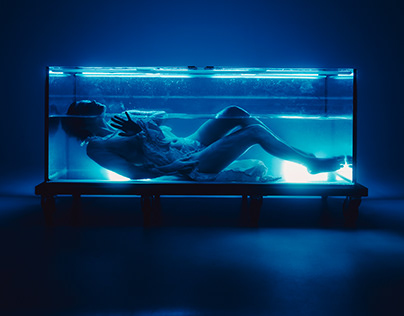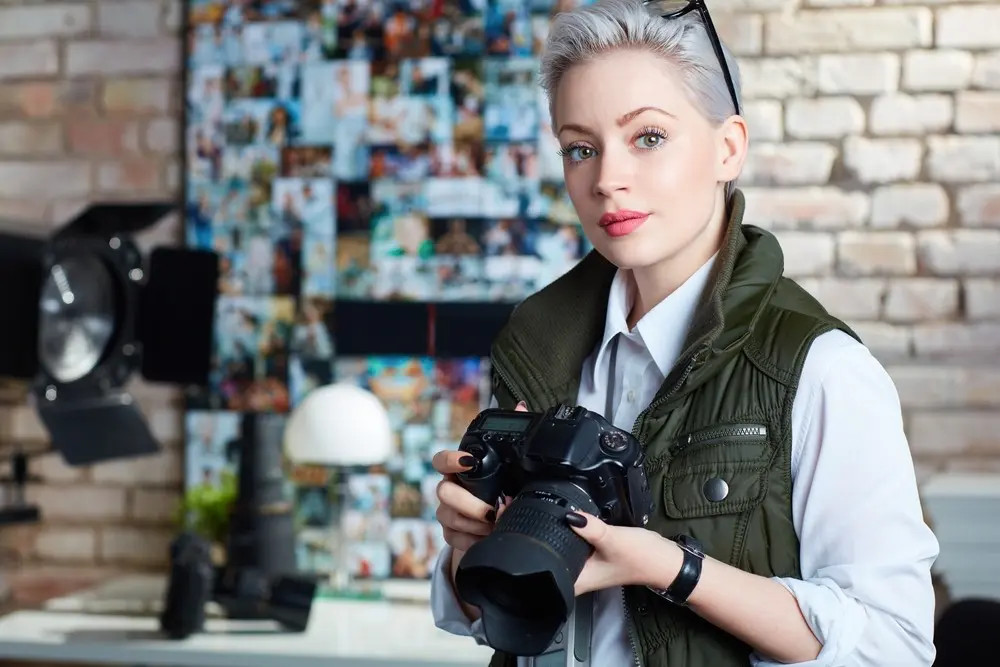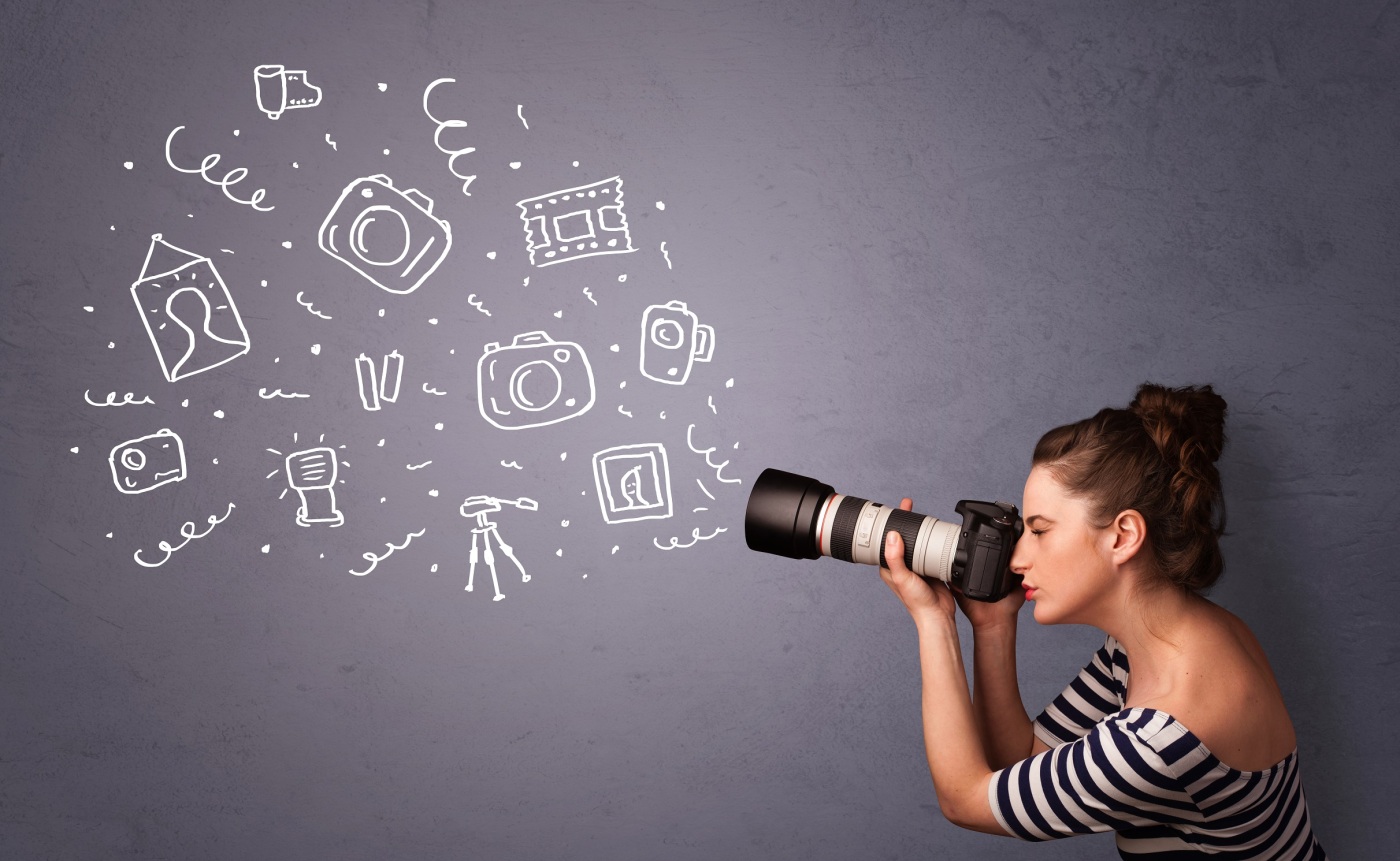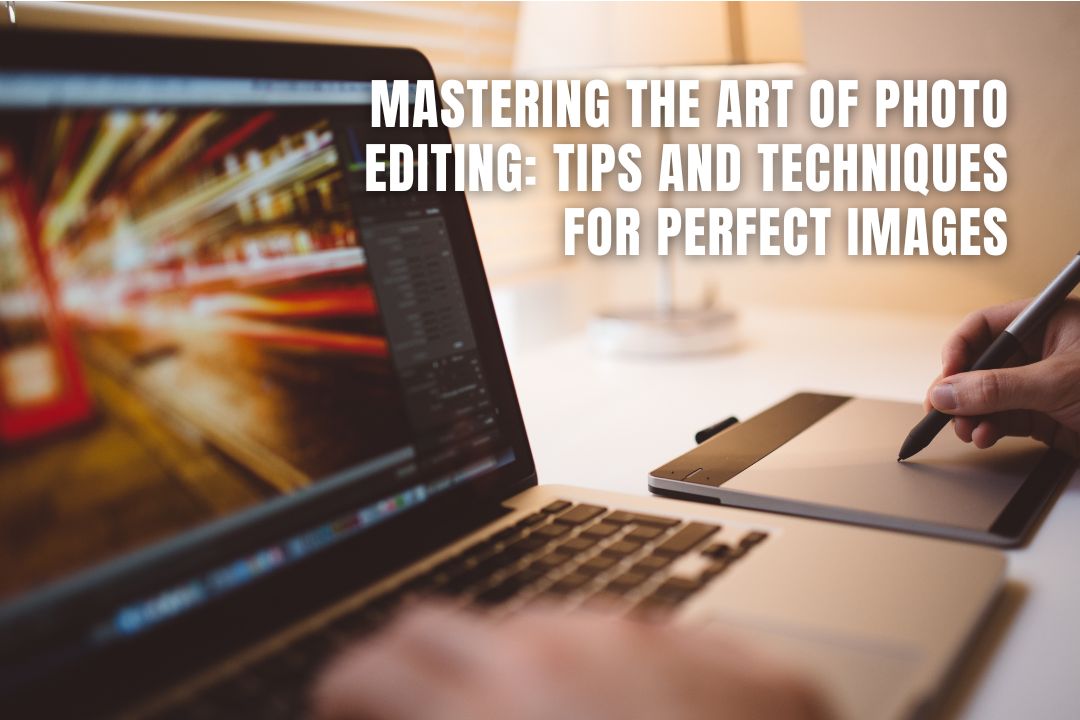Mastering the Art: Essential Photography Techniques and Current Trends

17-12-2024, 00:18 Admin 2 017 0
Photography, a craft that effortlessly fuses science and art, has transformed exponentially with the advent of modern technology. By grasping contemporary techniques and trends, photographers can frame the world through an innovative lens, merging creativity with efficiency.
The first essential technique that every modern photographer should master is understanding and utilizing today's advanced camera technology. Digital Single-Lens Reflex (DSLR) and mirrorless cameras offer extensive control over crucial parameters, such as aperture, shutter speed, and ISO settings. Apps like Lightroom and Snapseed have brought professional-grade photo editing capabilities to our fingertips, allowing photographers to polish their captures efficiently.
Switching to manual mode is even more critical today due to the extensive automation in modern cameras. Understanding and overriding auto settings can lead to distinctive and personalized photographic results. Mastering the art of manually controlling focus, depth of field, and exposure can give a photographer the freedom to create rather than merely capture.
Not to forget, the art of composition remains essential. The Rule of Thirds and the Golden Ratio are timeless techniques, but current trends show an increasing number of photographers experimenting with symmetrical and minimalist compositions. Likewise, the use of negative space has become more prevalent, offering photographers new ways to direct viewers' attention and create a stimulating visual dialogue.
Modern photography is also heavily influenced by technology's mobility. Drones and action cameras have opened up novel perspectives, from breath-taking bird's eye views to immersive underwater sceneries. These tools have transformed photography, creating awe-inspiring images that were once impossible or highly challenging to achieve.
Furthermore, photographers are leveraging the power of virtual and augmented reality (VR/AR) to tell stories in a more immersive and engaging manner. These technologies allow photographers to create interactive and 3D photos, providing viewers an opportunity to step into the picture and experience the scene first-hand.
In terms of current trends, authenticity is vital in today's digital era saturated with visually perfect yet impersonal photographs. There is a growing preference for candid shots that tell real, raw stories. This trend, known as lifestyle photography, focuses on capturing humans in their natural element, promoting a realness that posed photos often lack.
Additionally, environmentally themed photography is increasingly gaining traction, mirroring global concerns over climate change. Photographers are capturing the harsh realities of our changing world, making a profund and lasting impact.
Embedded in all of this is the importance of continual learning. The evolution of technology demands photographers to keep abreast of new tools and techniques to optimize their work. Online platforms and social media communities have become invaluable resources, offering interactive photography tutorials and a space for photographers to share, learn and critique each other’s work.
Mastering the art of photography is an ongoing journey. It requires one to embrace modern technology, understand current trends, and most importantly, use these tools and knowledge to express creativity in unique and efficient ways. By learning and adapting, photographers can keep their work relevant and captivating in this fast-changing digital age.
The first essential technique that every modern photographer should master is understanding and utilizing today's advanced camera technology. Digital Single-Lens Reflex (DSLR) and mirrorless cameras offer extensive control over crucial parameters, such as aperture, shutter speed, and ISO settings. Apps like Lightroom and Snapseed have brought professional-grade photo editing capabilities to our fingertips, allowing photographers to polish their captures efficiently.
Switching to manual mode is even more critical today due to the extensive automation in modern cameras. Understanding and overriding auto settings can lead to distinctive and personalized photographic results. Mastering the art of manually controlling focus, depth of field, and exposure can give a photographer the freedom to create rather than merely capture.
Not to forget, the art of composition remains essential. The Rule of Thirds and the Golden Ratio are timeless techniques, but current trends show an increasing number of photographers experimenting with symmetrical and minimalist compositions. Likewise, the use of negative space has become more prevalent, offering photographers new ways to direct viewers' attention and create a stimulating visual dialogue.
Modern photography is also heavily influenced by technology's mobility. Drones and action cameras have opened up novel perspectives, from breath-taking bird's eye views to immersive underwater sceneries. These tools have transformed photography, creating awe-inspiring images that were once impossible or highly challenging to achieve.
Furthermore, photographers are leveraging the power of virtual and augmented reality (VR/AR) to tell stories in a more immersive and engaging manner. These technologies allow photographers to create interactive and 3D photos, providing viewers an opportunity to step into the picture and experience the scene first-hand.
In terms of current trends, authenticity is vital in today's digital era saturated with visually perfect yet impersonal photographs. There is a growing preference for candid shots that tell real, raw stories. This trend, known as lifestyle photography, focuses on capturing humans in their natural element, promoting a realness that posed photos often lack.
Additionally, environmentally themed photography is increasingly gaining traction, mirroring global concerns over climate change. Photographers are capturing the harsh realities of our changing world, making a profund and lasting impact.
Embedded in all of this is the importance of continual learning. The evolution of technology demands photographers to keep abreast of new tools and techniques to optimize their work. Online platforms and social media communities have become invaluable resources, offering interactive photography tutorials and a space for photographers to share, learn and critique each other’s work.
Mastering the art of photography is an ongoing journey. It requires one to embrace modern technology, understand current trends, and most importantly, use these tools and knowledge to express creativity in unique and efficient ways. By learning and adapting, photographers can keep their work relevant and captivating in this fast-changing digital age.
Related News
Leave a Comment


